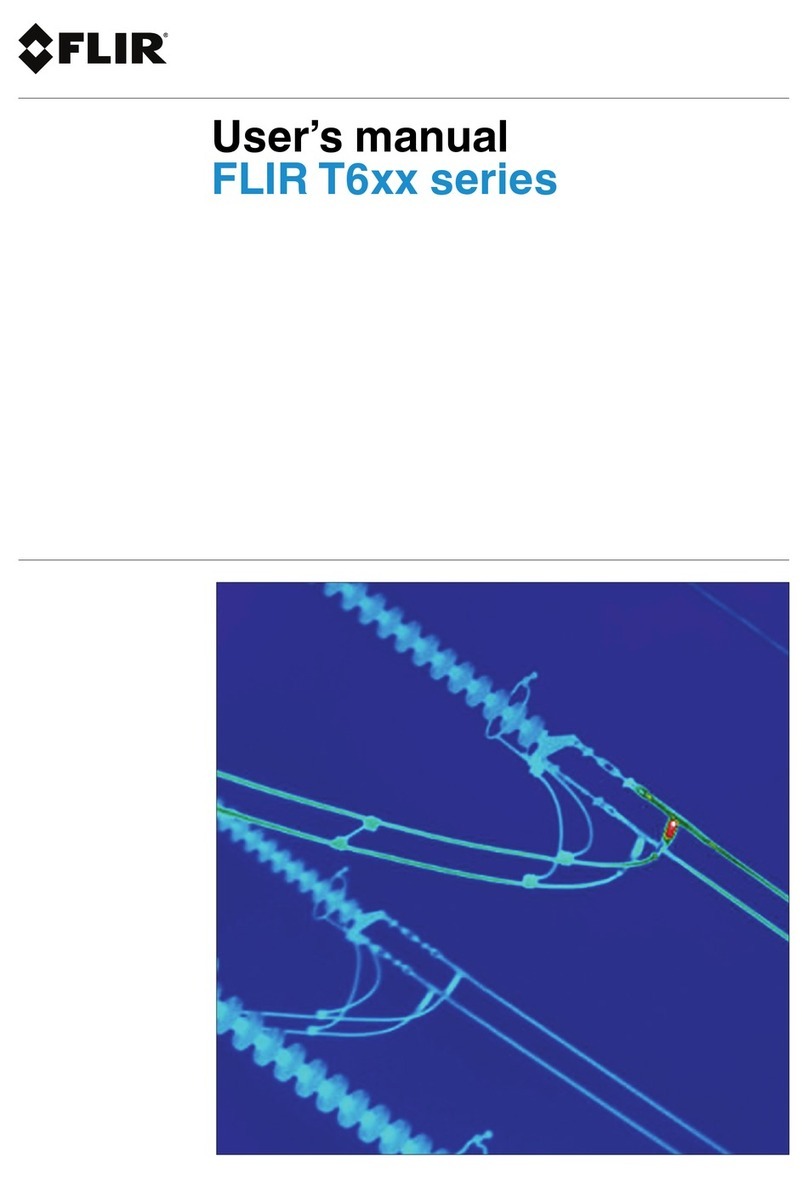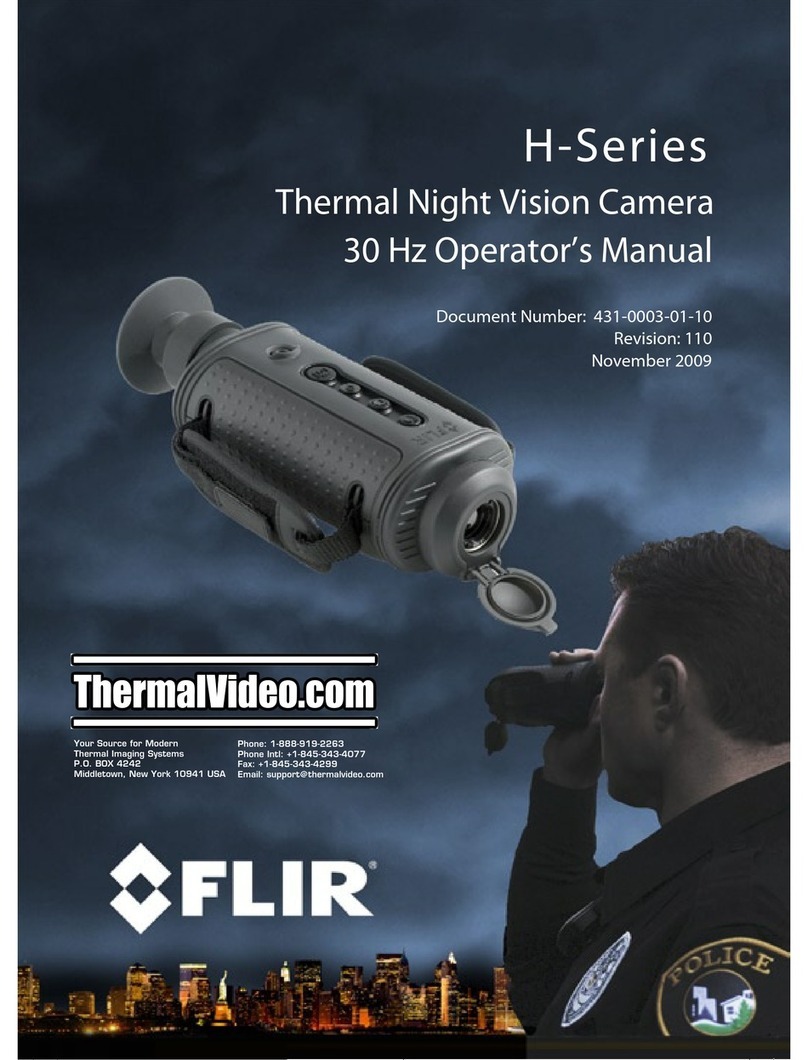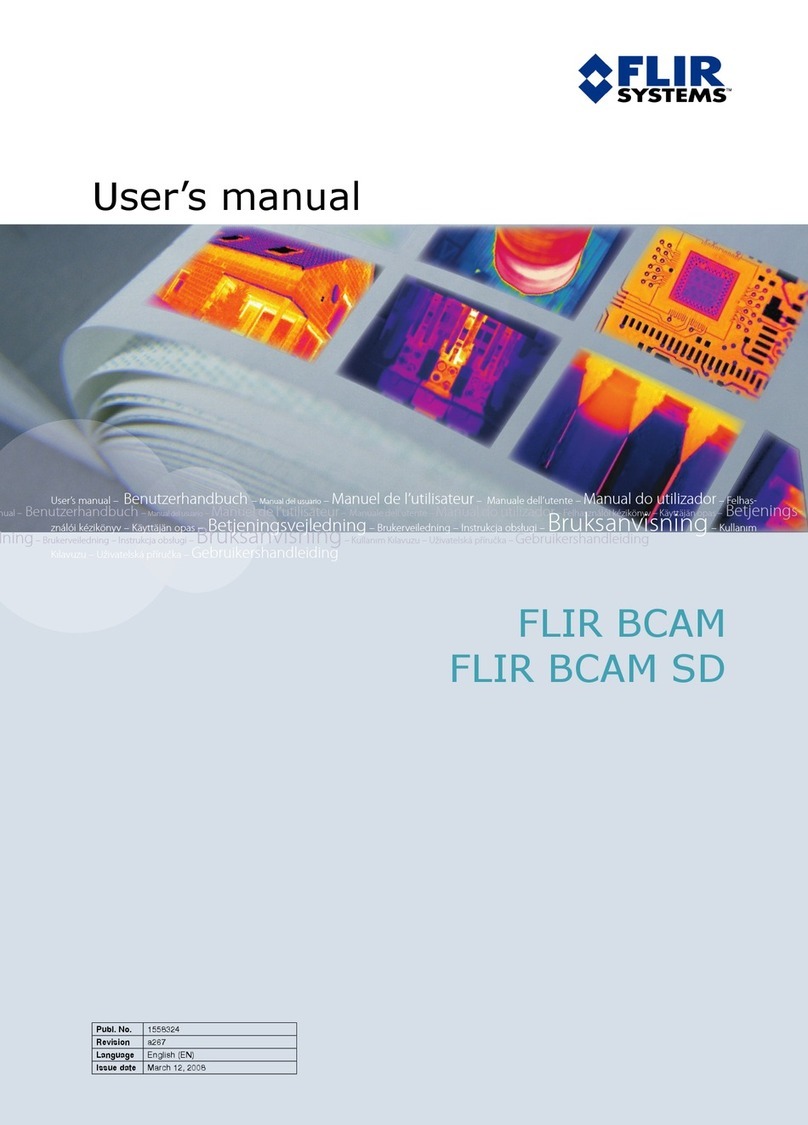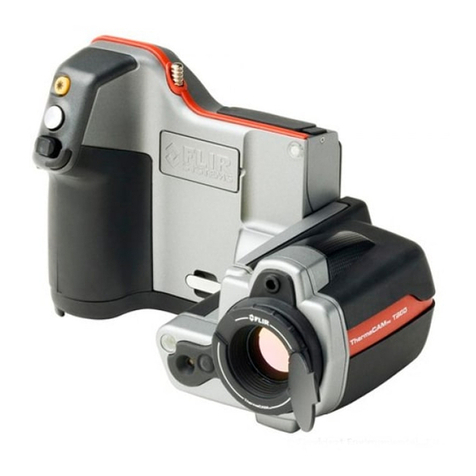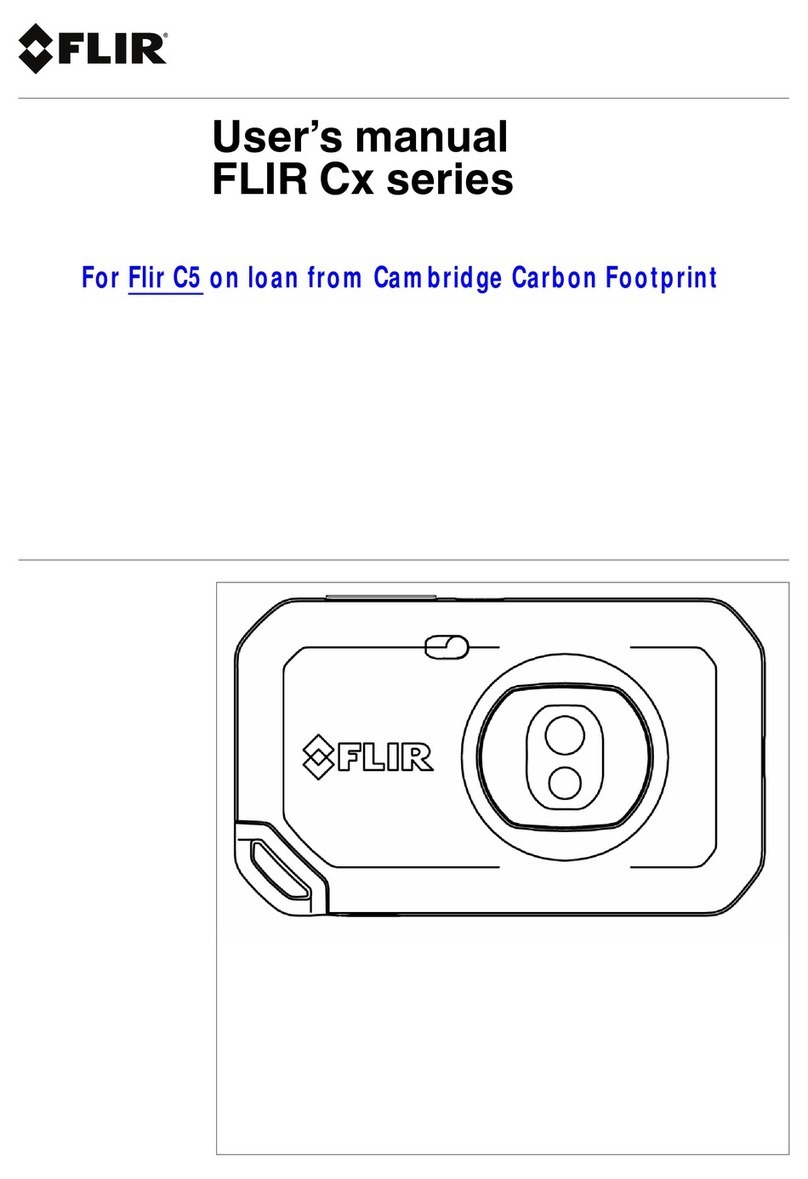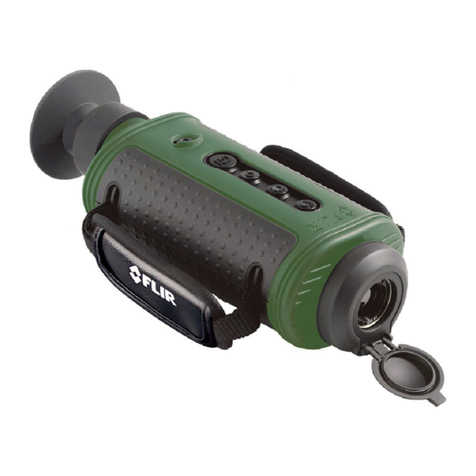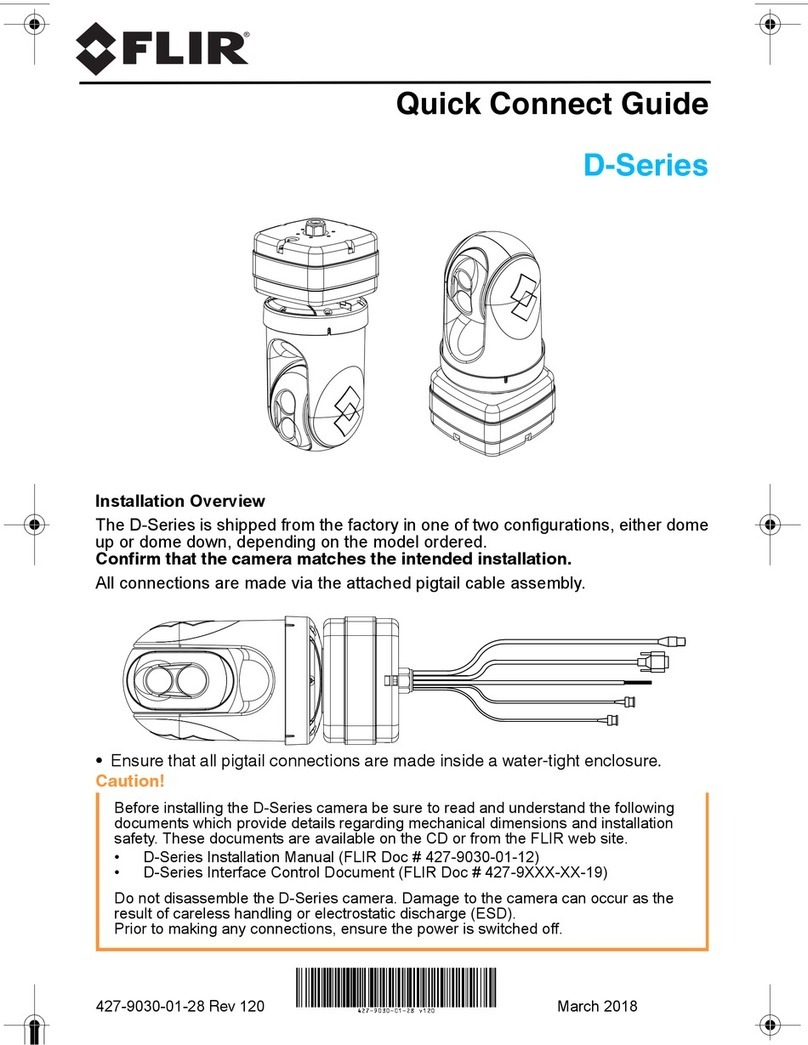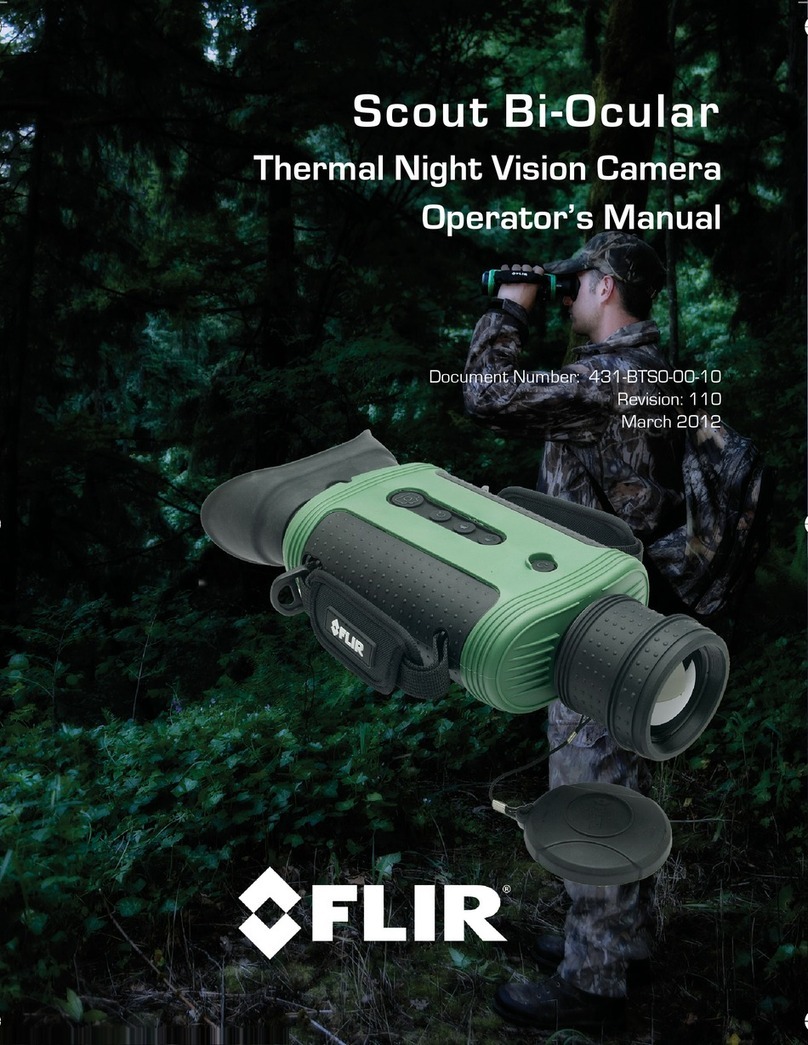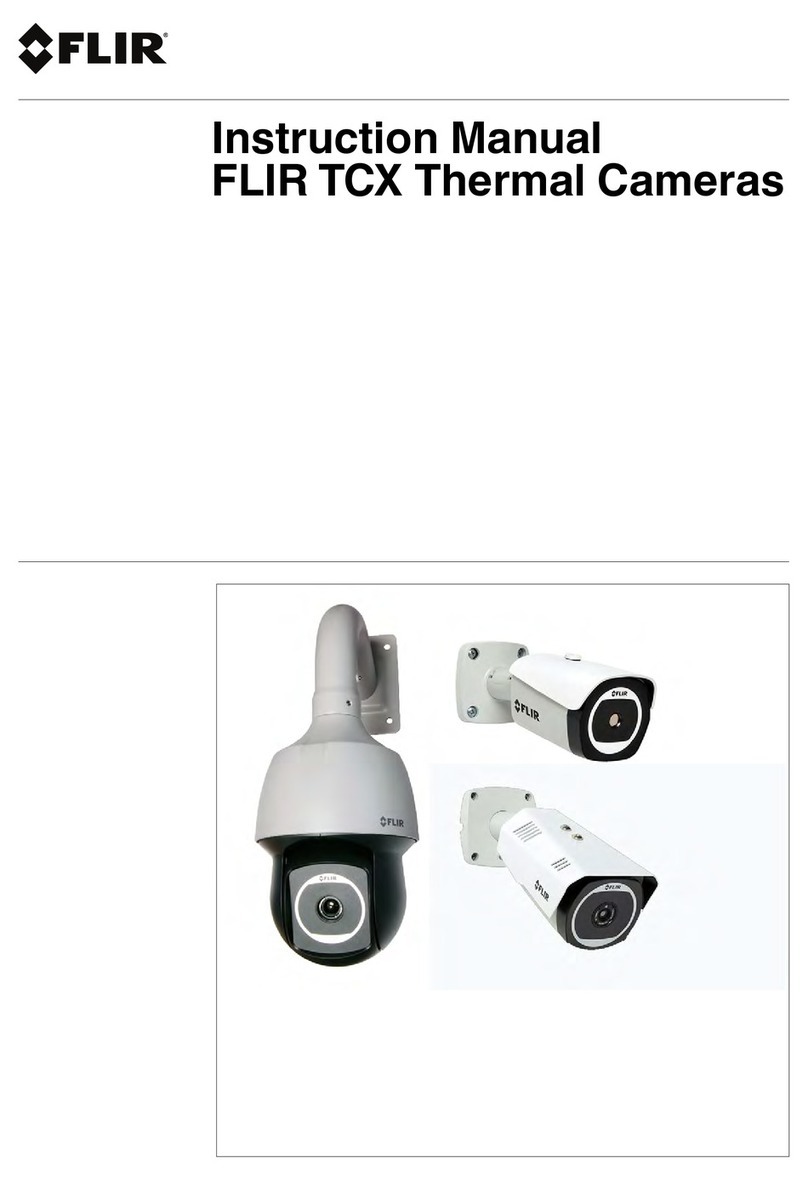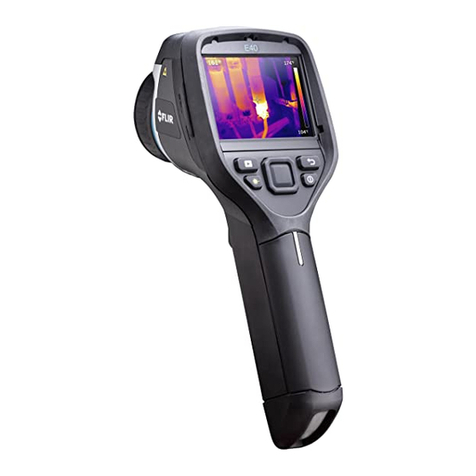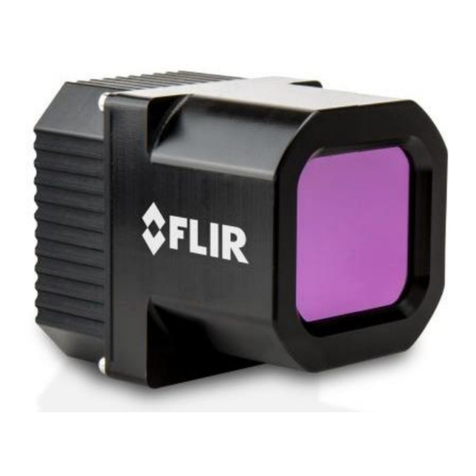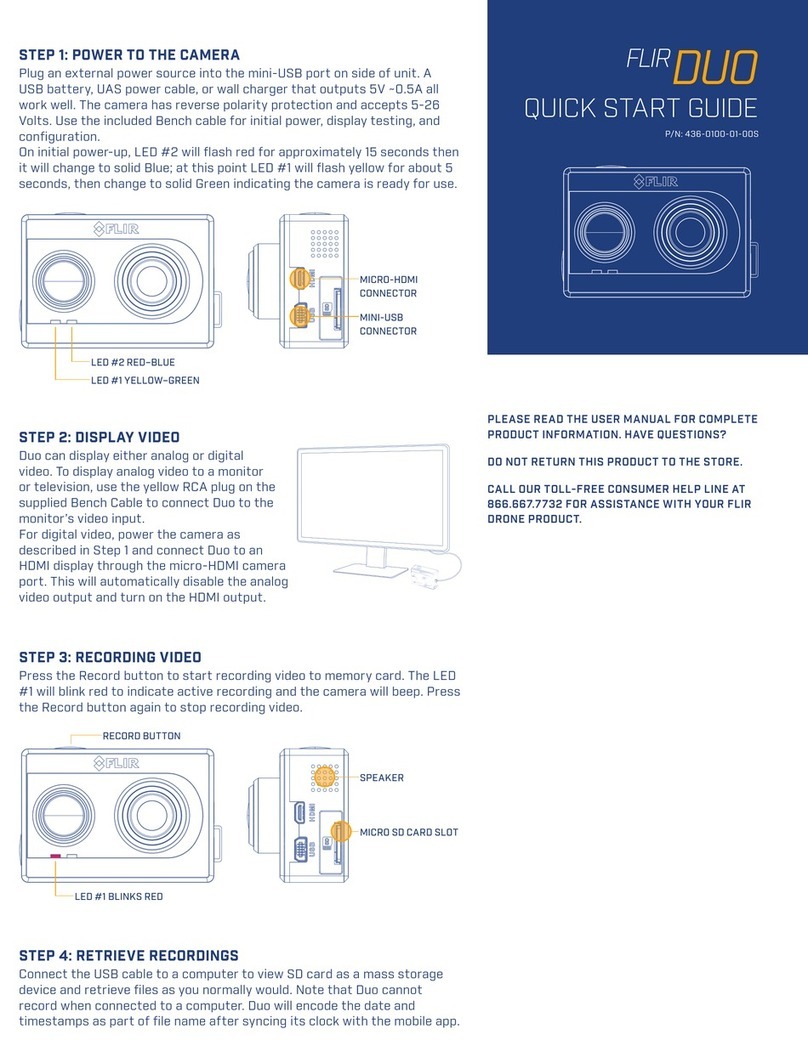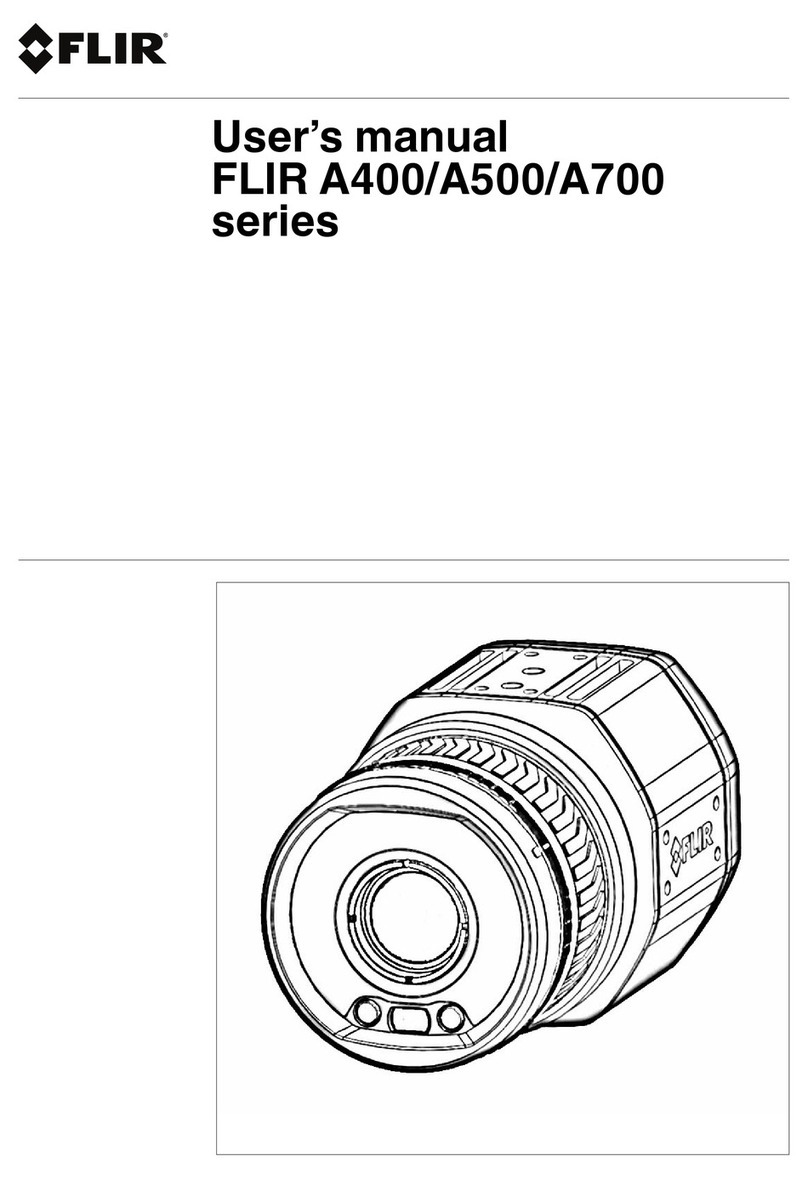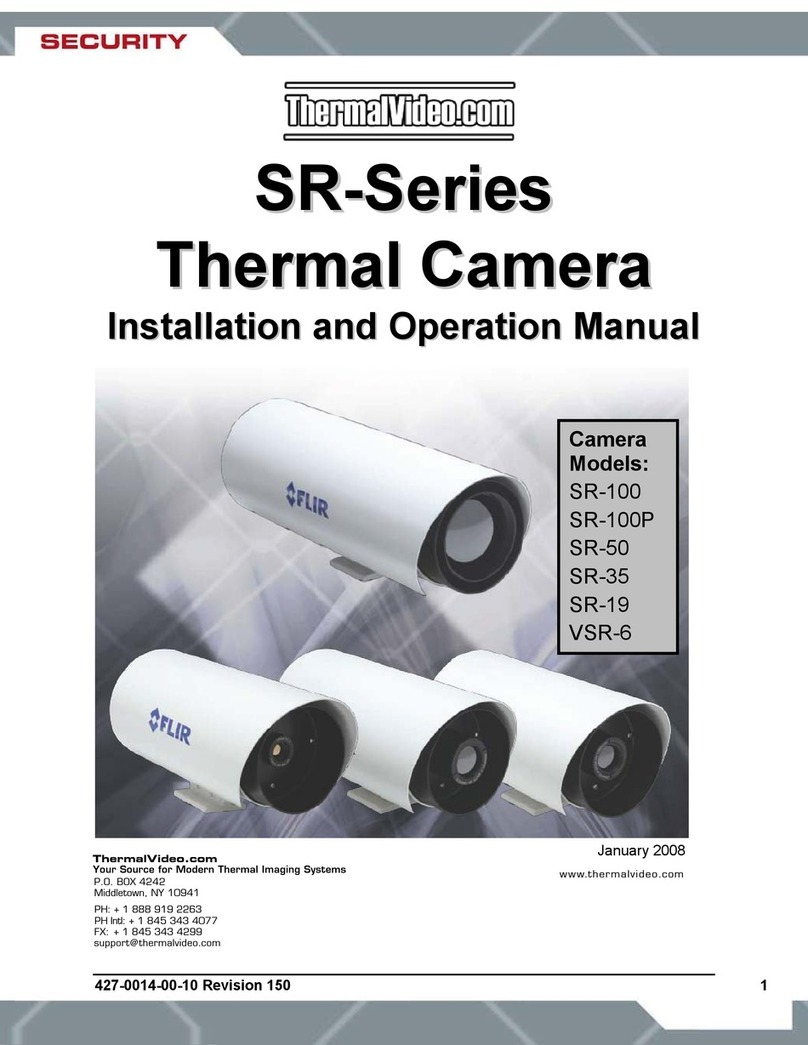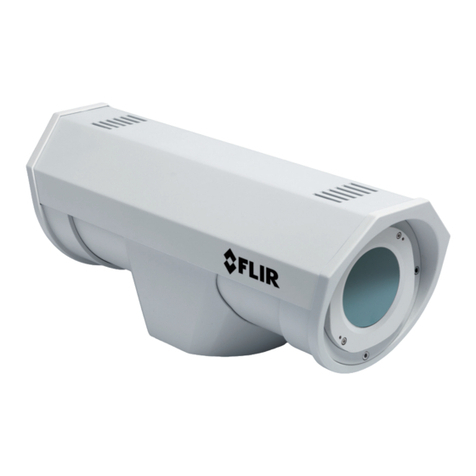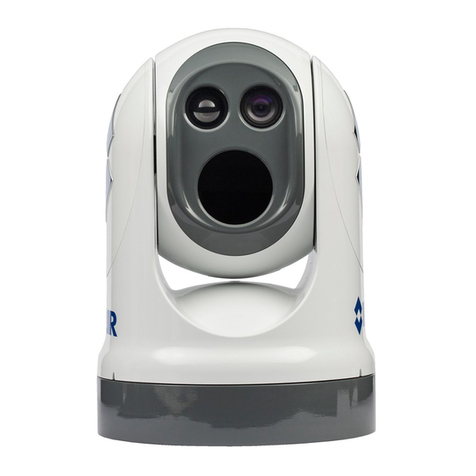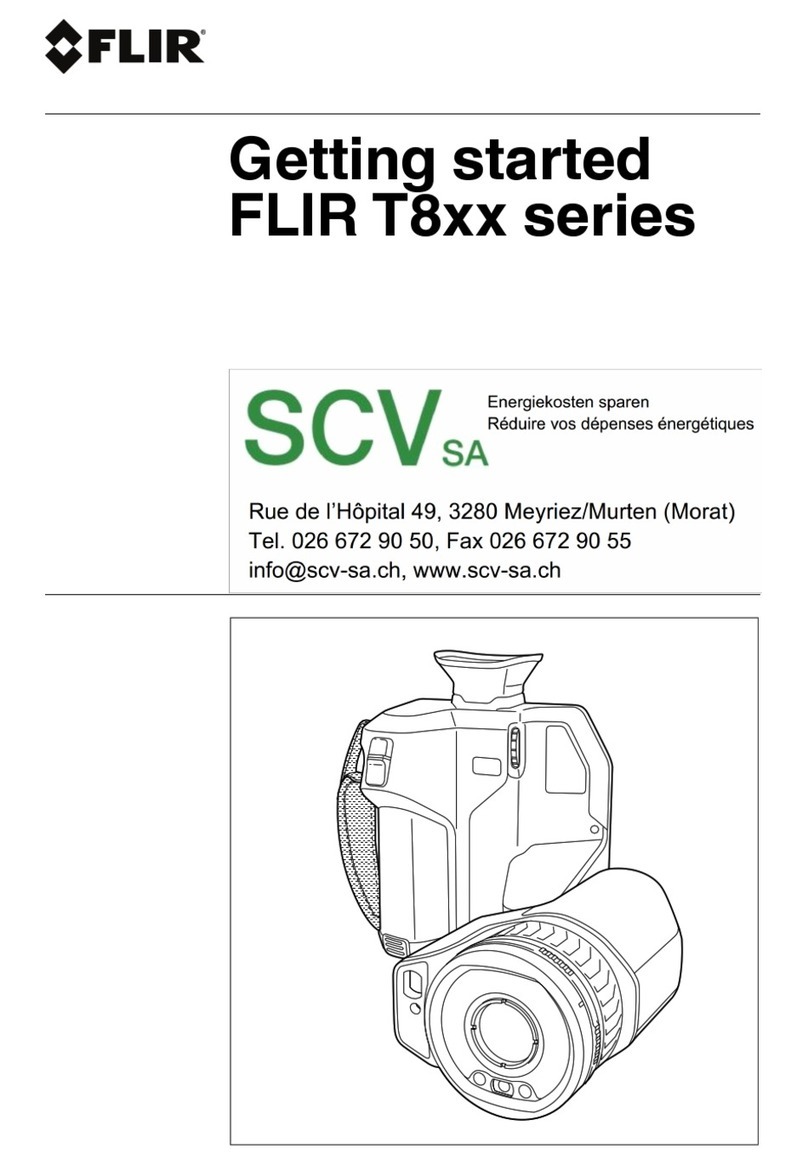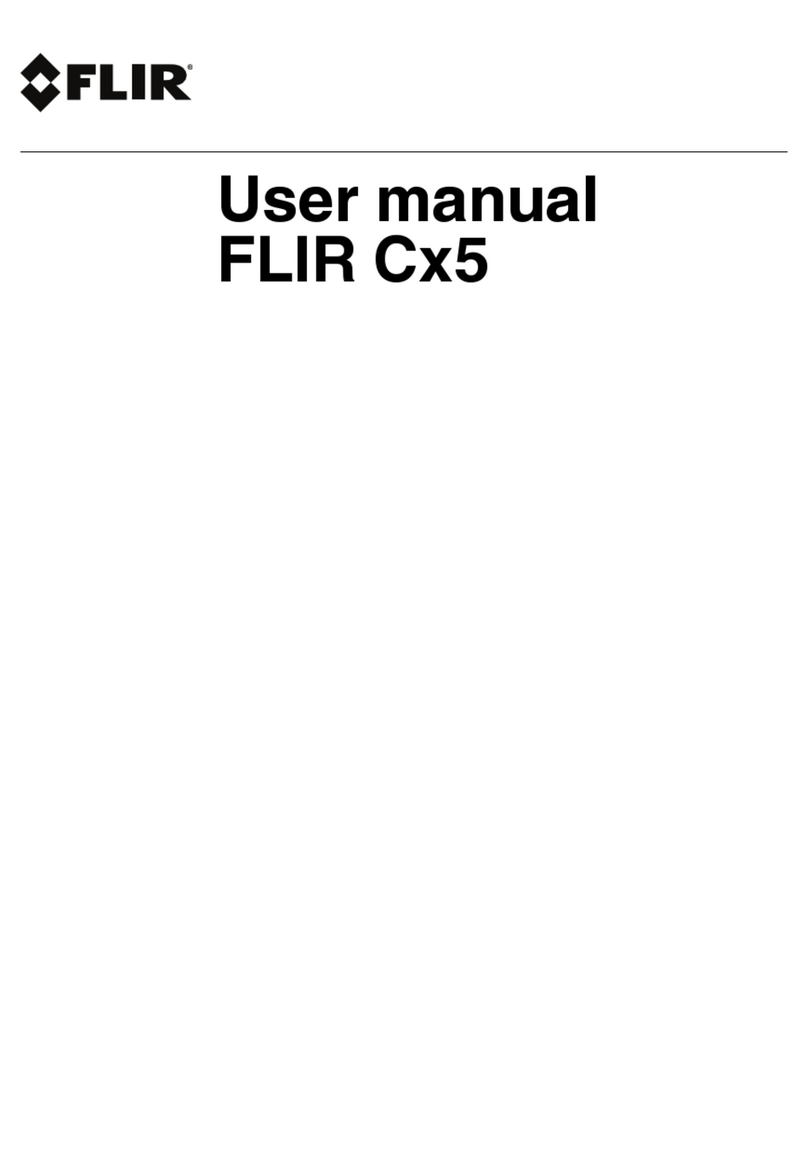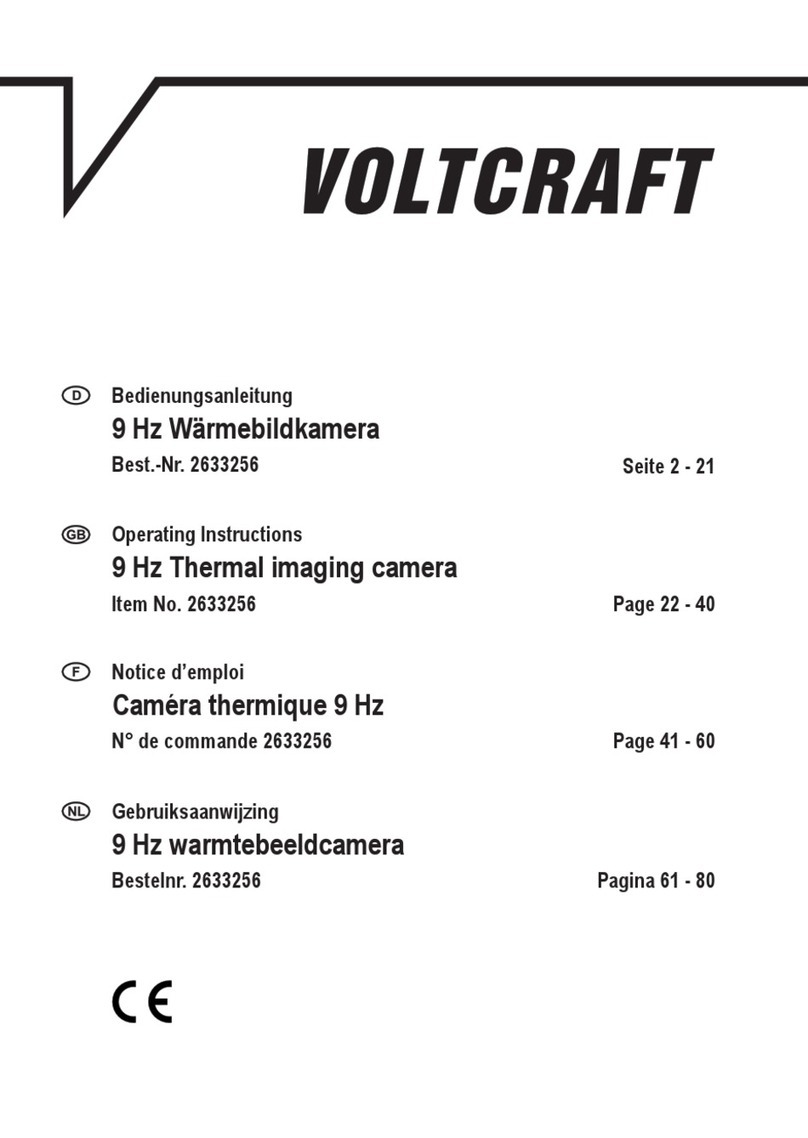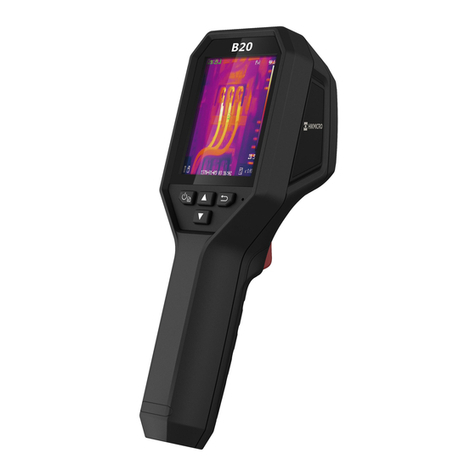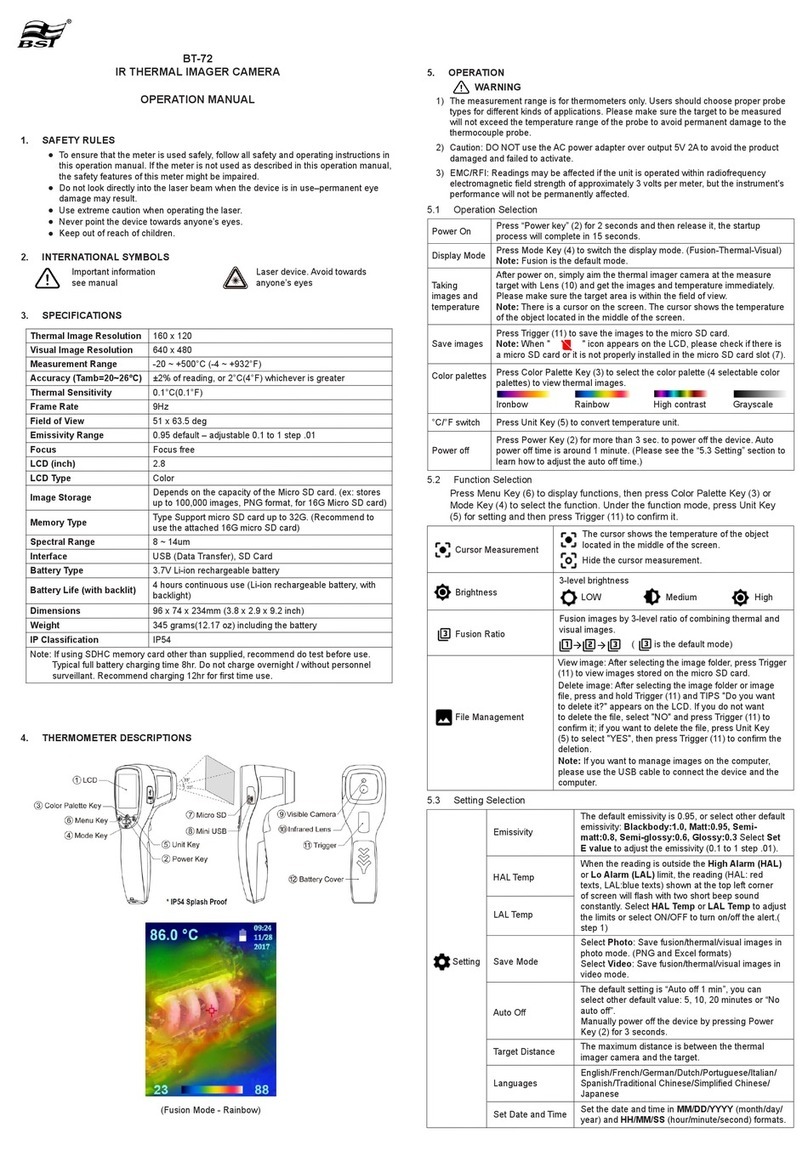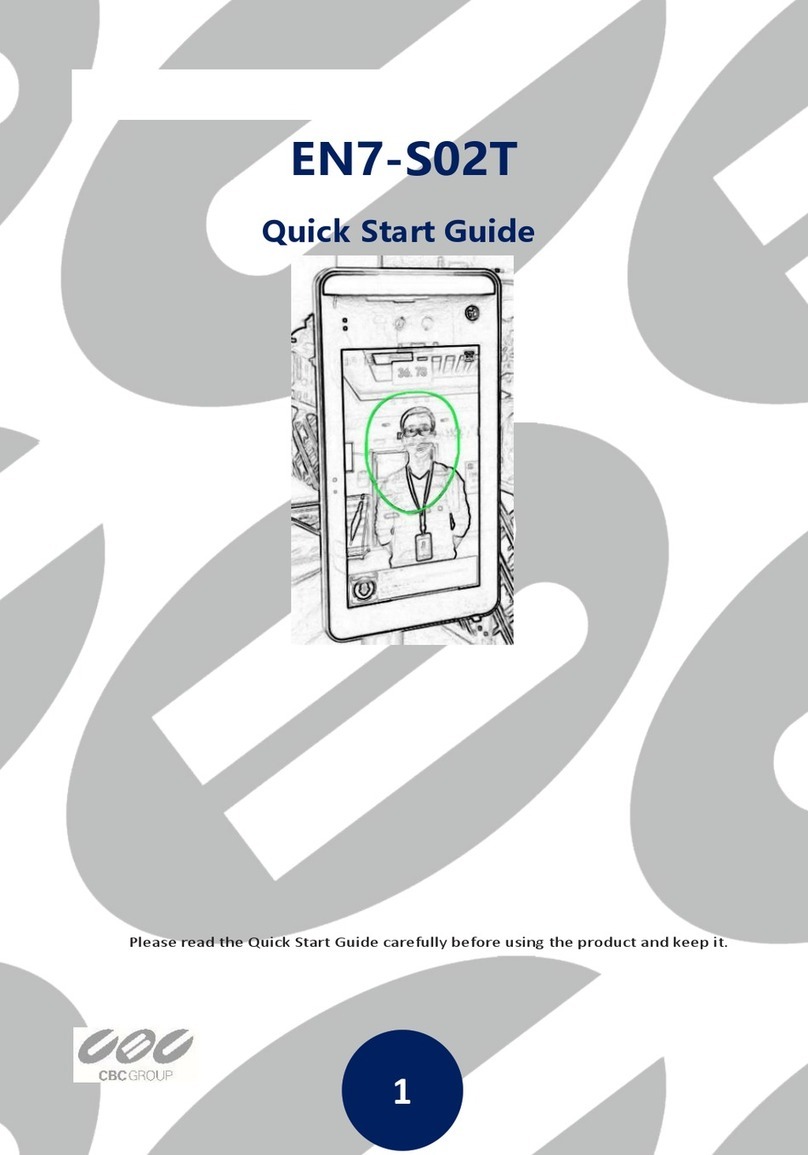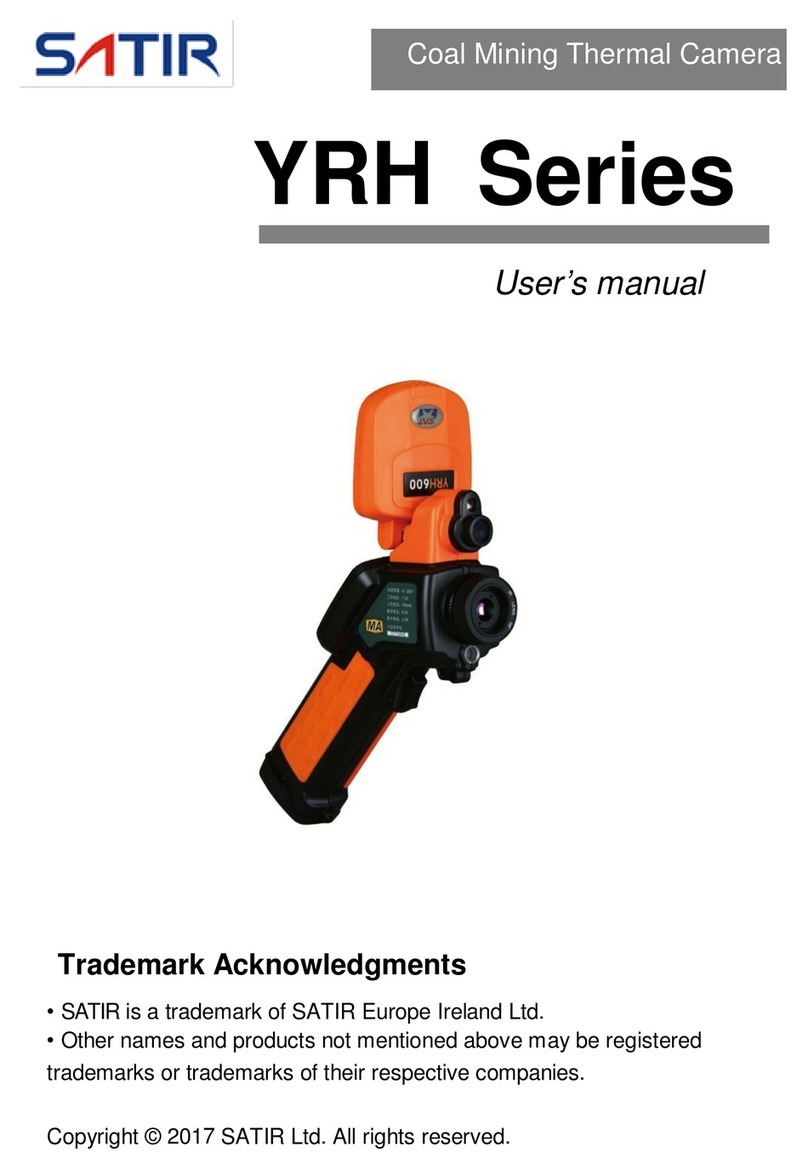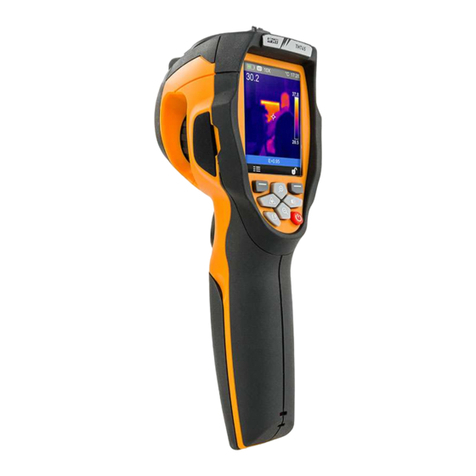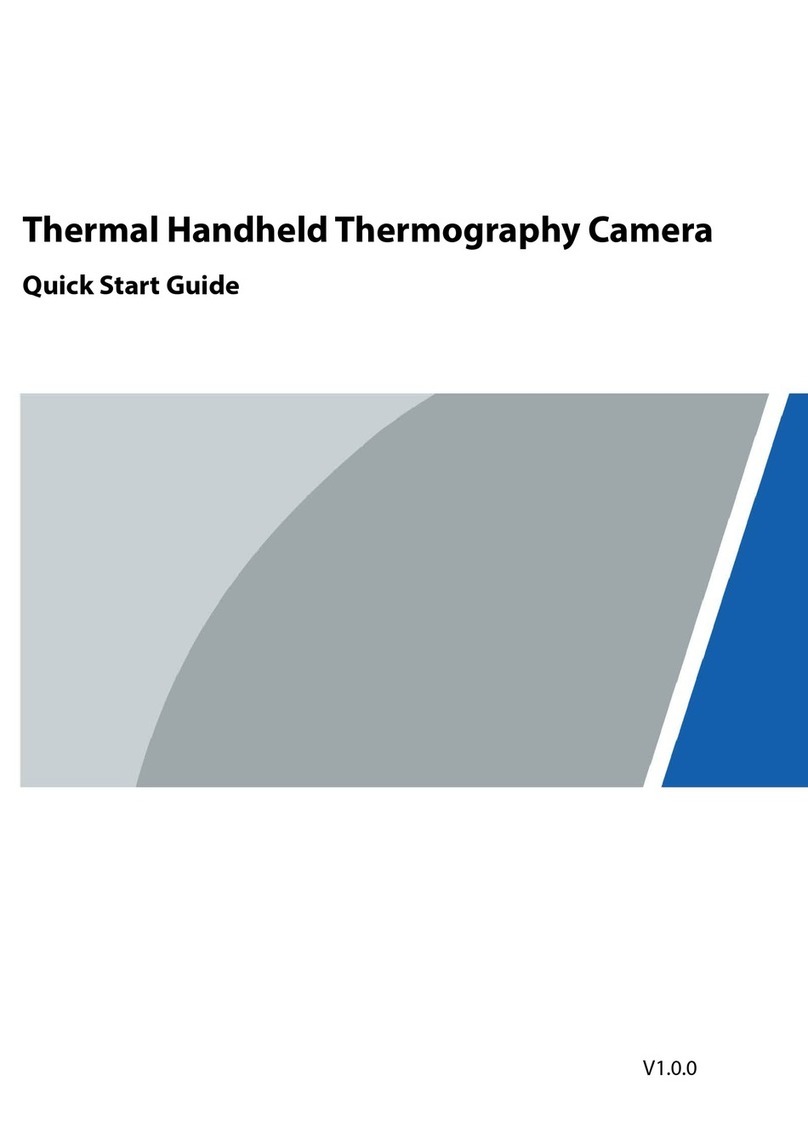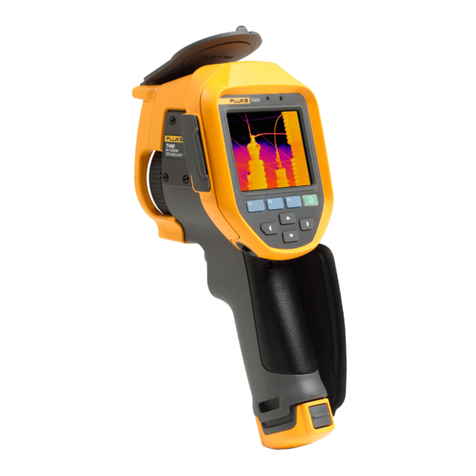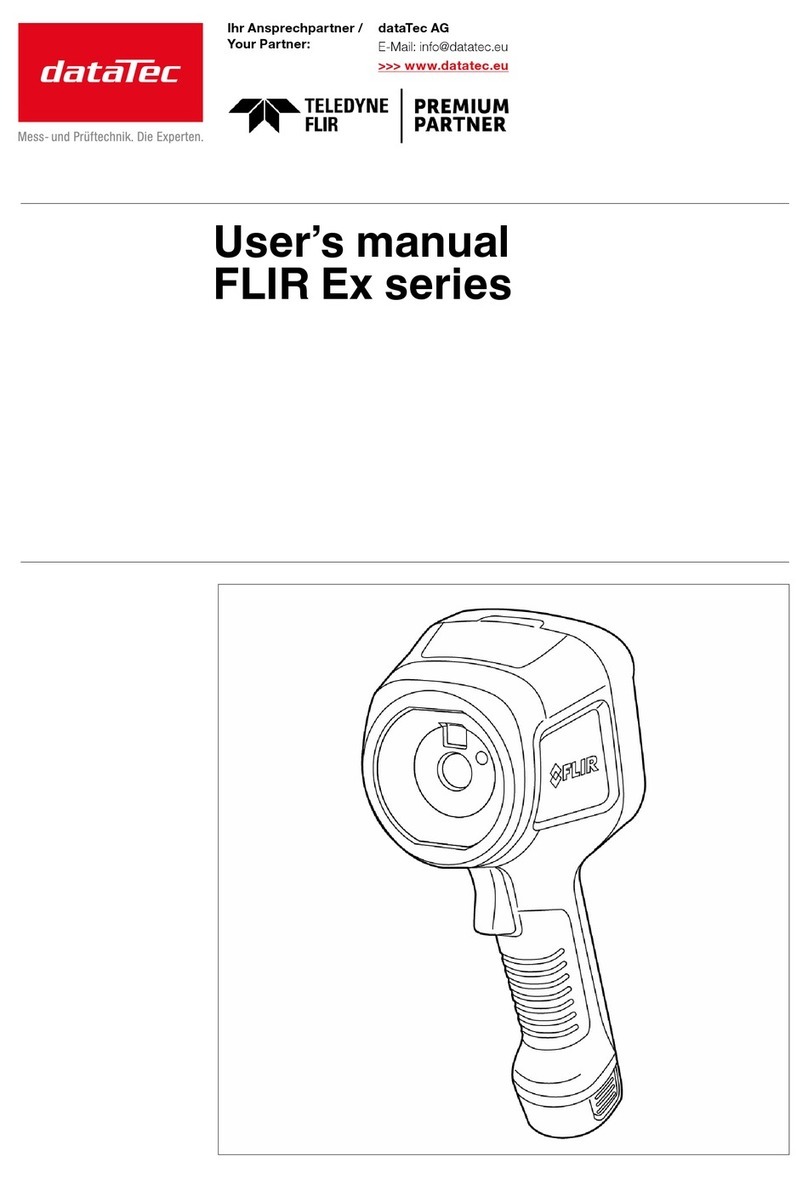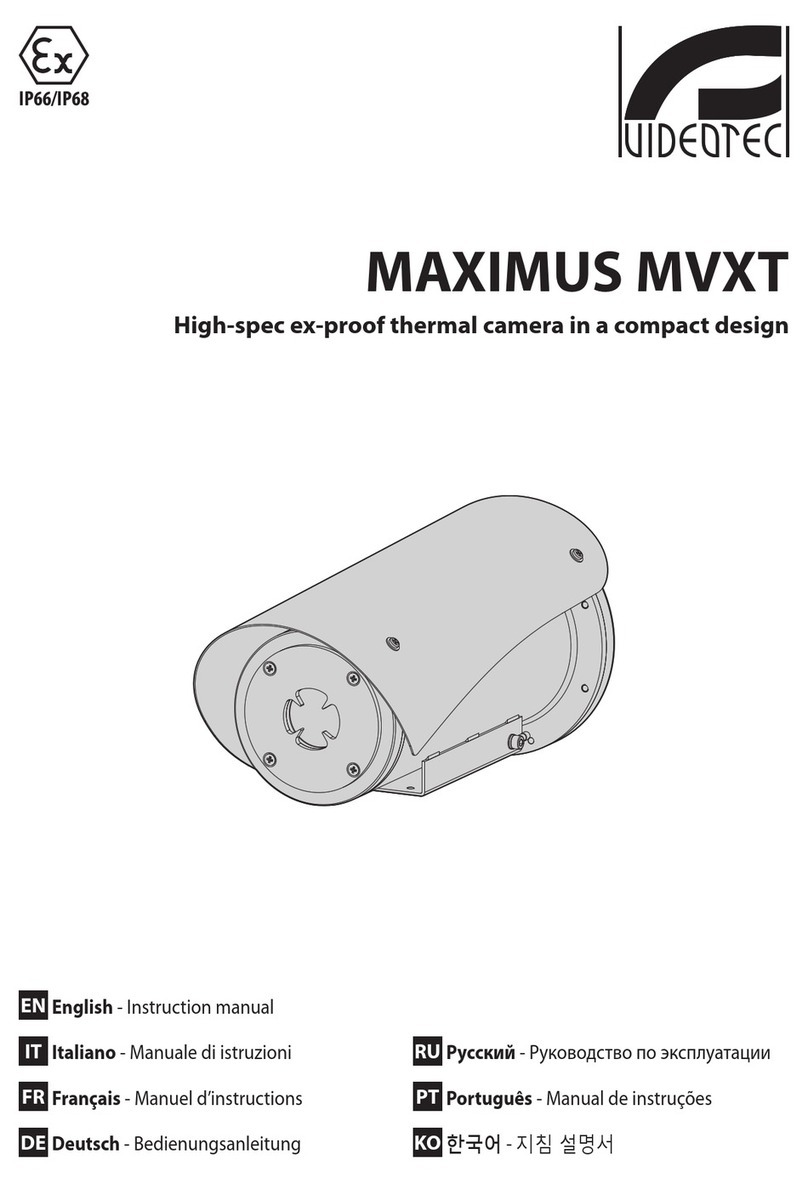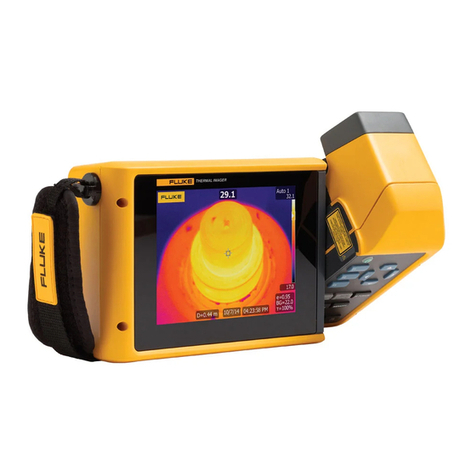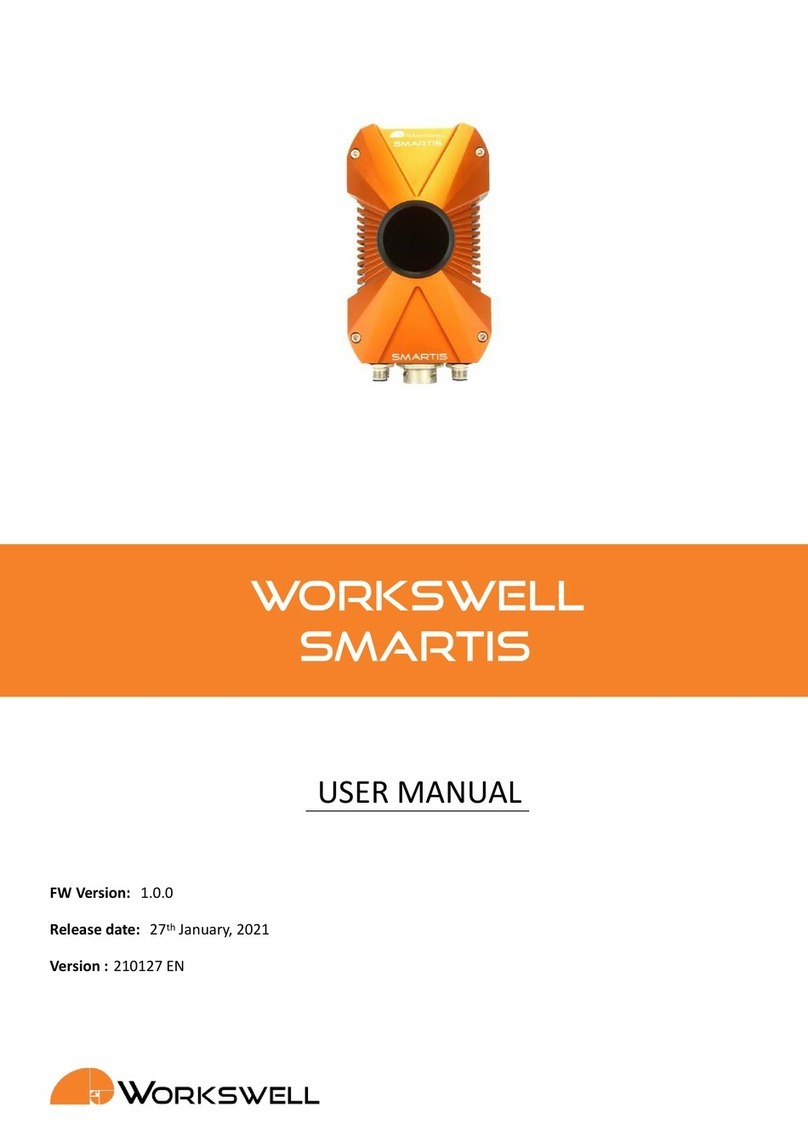
Installation Overview
10 432-0003-00-12 rev 100 M-Series Installation Guide
dimensions). The magnetic compass safe distance for the JCU is 21.7
inches (55 cm).
The JCU can be mounted to the dash (or other surface) in any orientation,
using four (4) captive mounting screws that hold panel mounting clamps.
When the mounting screws are tightened, the panel mounting clamps
rotate and extend away from the JCU at a right angle, and come into
contact with the mounting surface. The JCU can be mounted to dash
thicknesses ranging from 0.063 - 1.750 inches (0.16 - 4.45 cm). A trim
bezel snaps on top of the JCU to cover the mounting screws.
The JCU can be connected to the camera directly with the included 25-foot,
double shielded Ethernet cable or a user-supplied cable of sufficient length.
In this case, the JCU draws its power from the camera. Alternatively, the
camera and the JCU can be connected together via an Ethernet switch;
this type of configuration allows more than one JCU or camera to be used.
The JCU draws its power over the Ethernet, so a Power over Ethernet
(PoE) injector or PoE switch is required.
Prior to Cutting/Drilling Holes
Determine if any interior trim panels must be removed in order to
gain access to the mounting hardware, and remove them ahead of time.
When selecting a mounting location for the M-Series, consider cable
lengths and cable routing. Ensure the cables are long enough, given the
proposed mounting locations and cable routing requirements, and route
the cables before you install the components.
If using one of the Top Down Installation Kits, the riser or plate itself should
be used as a template for the location of the drill holes and cable access
hole.
Use cables that have sufficient dimensions to ensure safety (for power
cables) and adequate signal strength (for video and communications).
To ensure a proper seal between the camera unit and the vessel, an o-ring
is installed in the camera base. The o-ring will seal properly with a surface
that is flat to within 0.06 inches (0.15 cm) over the diameter of the base of
the camera. If it is necessary to install on a surface that does not meet that
criteria, a marine-grade sealant (3M 5200 or equivalent) must be used
rather than the o-ring.
To ensure a proper seal around the JCU, the supplied gasket must be
applied to the JCU and the cutout opening for the JCU should precisely
match the template. If the cutout opening is too large, the rubber grommet
around the JCU may not cover the opening adequately.

